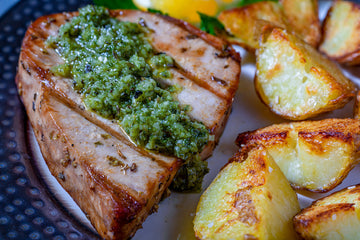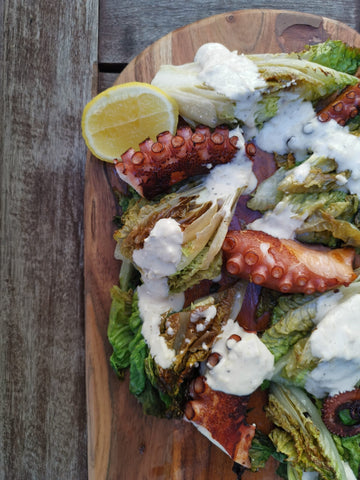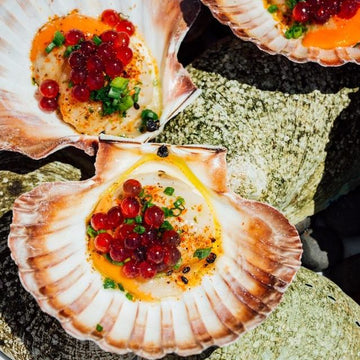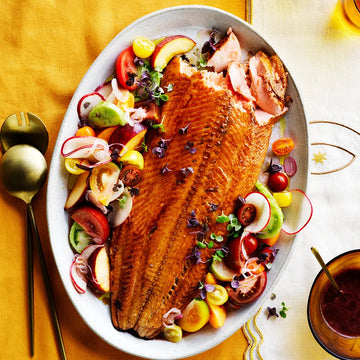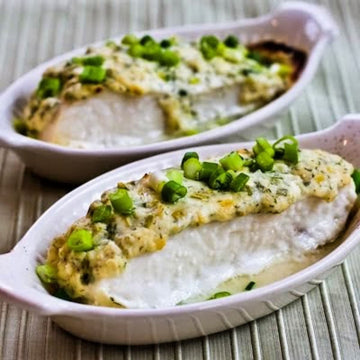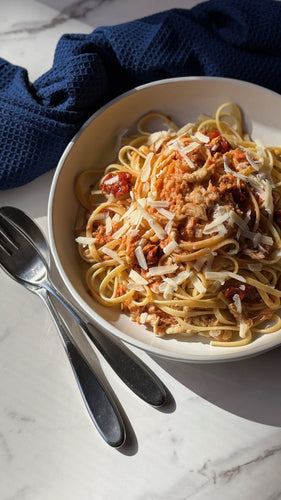
Wagyu beef is often associated with luxury and unmatched tenderness. Within the world of Wagyu, there’s one cut gaining attention for its balance of flavor, marbling, and affordability: the Wagyu flat iron. While many steak lovers are familiar with cuts like ribeye or filet mignon, the flat iron offers something uniquely appealing—mainly when sourced from Wagyu cattle.
Understanding what sets the Wagyu flat iron steak apart helps home cooks and food enthusiasts make informed choices when selecting cuts and planning meals. From its anatomical origin to the ideal cooking techniques, this cut brings elevated dining within reach of any kitchen.
What Is Wagyu Flat Iron Steak?
Wagyu flat iron steak is from the shoulder, or chuck primal, specifically the top blade muscle (infraspinatus). While the chuck area typically yields tougher cuts, the top blade is an exception—it’s tender and intensely marbled. When this cut comes from Wagyu cattle, renowned for their high intramuscular fat content, it becomes vibrant in a buttery flavor.
What makes it stand out is the marbling and grain. Wagyu flat iron has fine, even fat distribution and a relatively uniform thickness, allowing for quick and consistent cooking. Despite its origins, it delivers tenderness close to that of more expensive cuts.
Wagyu Flat Iron vs. Other Popular Cuts
Wagyu flat iron competes with some of the most well-known steaks. Here's how it compares:
Ribeye: Ribeye is prized for its bold flavor and generous marbling, but it’s often thicker, fattier, and can cook unevenly without precision. Wagyu flat iron provides a similar richness with a more manageable size and easier cooking.
Filet Mignon: Filet is known for tenderness, but it lacks the robust flavor found in fattier cuts. Flat iron offers a balance—still tender, but with more beefy depth.
Sirloin: A more economical and leaner cut, sirloin can be inconsistent in tenderness. Flat iron offers more marbling and a more refined texture, especially when it comes from Wagyu.
Overall, Wagyu flat iron offers an ideal balance of tenderness, flavor, and value—making it especially appealing for those seeking a new experience beyond the usual steakhouse selections.
Best Ways to Cook Wagyu Flat Iron Steak
Because of its marbling and uniform shape, the Wagyu flat iron steak responds well to high-heat, quick-cooking methods. The goal is to build a flavorful crust while preserving the tender, juicy interior.
Pan-Searing
-
Heat a cast-iron skillet over medium-high heat.
-
Pat the steak dry and lightly season with salt (Wagyu’s fat carries a lot of natural flavor)
-
Sear for 3–4 minutes per side for medium-rare
-
Let rest for 5–10 minutes before slicing
Sous Vide + Sear
-
Cook steak in a sous vide bath at 129°F for 1–2 hours
-
Pat dry and sear quickly in a hot pan or grill to finish
-
Helps preserve even doneness and texture
Grilling or Cast Iron Grill Pan
-
Preheat to high heat
-
Grill 3–4 minutes per side, depending on thickness
-
Use tongs—avoid piercing the meat to retain juices
This cut cooks quickly and can overcook easily if left unattended. Due to the high fat content, avoid flare-ups when grilling.
Simple Pairing and Serving Ideas
Wagyu flat iron doesn’t need elaborate sides or sauces. Instead, it shines when paired with simple, clean flavors that complement its richness.
Recommended pairings:
-
Grilled asparagus or broccolini
-
Mashed or roasted potatoes with olive oil or garlic
-
Wild mushrooms sautéed in butter
-
Red wine jus or compound butter with herbs or truffles
Serving tips:
-
Slice against the grain to maintain tenderness
-
Serve medium-rare to medium for best texture
-
Finish with flaky sea salt or a splash of citrus to brighten
This steak also performs well in sliced steak salads, rice bowls, or open-faced sandwiches when chilled and sliced thin.
How to Source and Store Wagyu Flat Iron
Not all Wagyu is the same. Look for cuts that come from reputable sellers and specify the Wagyu breed (e.g., Japanese A5, Australian Wagyu, American crossbred).
What to Look For:
-
Marbling: Fine, even streaks of white fat throughout the meat
-
Color: Red meat with creamy white fat
-
Packaging: Vacuum-sealed, well-labeled, and free from discoloration or ice crystals
Storage Tips:
-
Store in the coldest part of the fridge if fresh (use within 2–3 days)
-
Freeze if not using immediately—wrap in butcher paper or use vacuum-sealed bags
-
Thaw in the refrigerator for 24 hours, not on the counter
Why Wagyu Flat Iron Steak Is Worth Exploring
For those who want to cook with Wagyu but aren’t ready to commit to a high-cost ribeye or striploin, the flat iron cut is an excellent choice. It offers:
-
A balance of marbling and manageable portion size
-
Short cooking times and forgiving texture
-
A versatile cut for both formal meals and casual recipes
This steak is approachable yet luxurious. It rewards thoughtful preparation and proves that quality doesn’t always mean complexity.
FAQs to Understanding Wagyu Flat Iron Steak
Is Wagyu flat iron steak tender?
Yes. Despite coming from the shoulder, the flat iron is among the most tender cuts, especially when it’s Wagyu. It's fine-grained, with even marbling that makes it melt-in-your-mouth tender.
What’s the best way to cook Wagyu flat iron steak?
Pan-searing or grilling over high heat is ideal. The steak should be cooked quickly to medium-rare and rested before slicing. Sous vide is also excellent for precise control.
How does Wagyu flat iron compare to filet mignon?
Filet mignon is more tender but less flavorful. Wagyu flat iron offers an outstanding balance—still tender, but with deeper umami and fat-driven richness.
Can I use Wagyu flat iron in recipes other than steak dishes?
Absolutely. It works well sliced into stir-fries, grain bowls, tacos, or salads. Because it cooks quickly, it’s perfect for dishes that benefit from fast, flavorful protein.
What makes Wagyu beef different overall?
Wagyu cattle are genetically predisposed to produce high levels of intramuscular fat (marbling), resulting in a rich, buttery flavor and a tender texture characteristic of Wagyu beef.
Aug 22 2025



